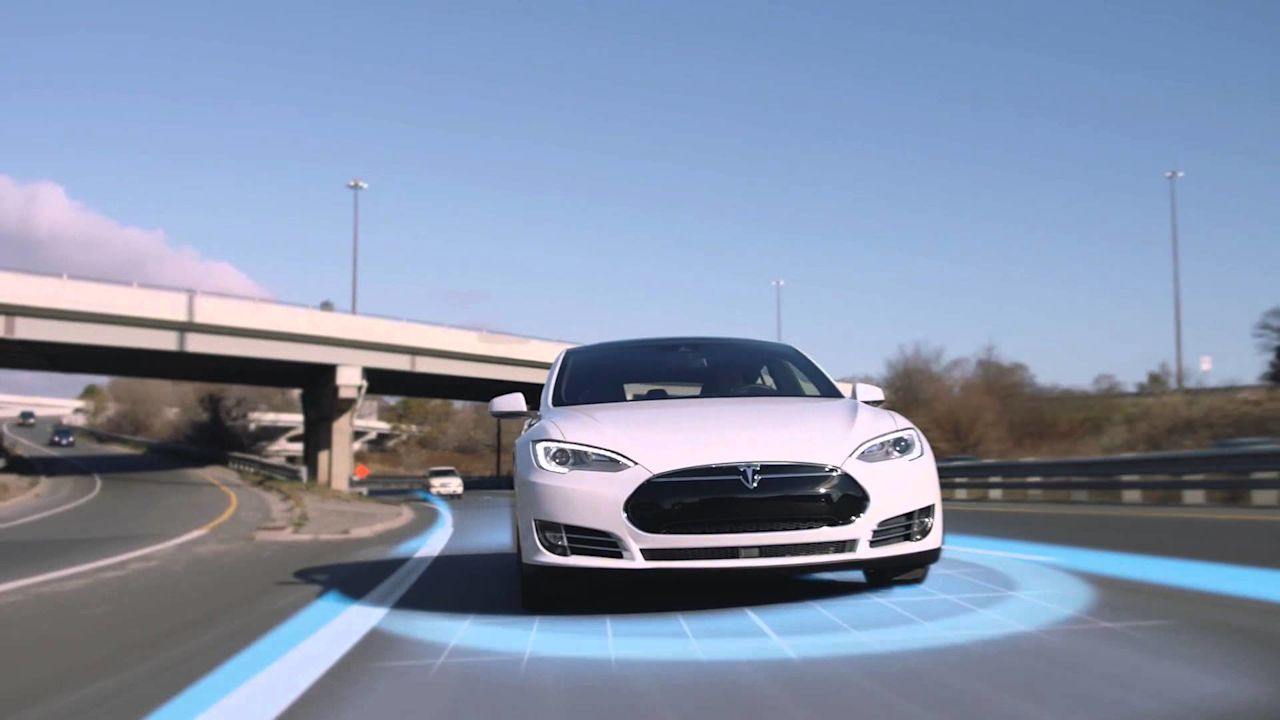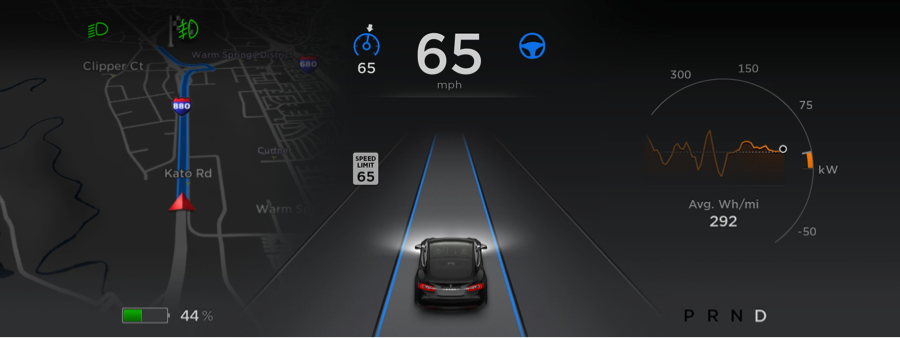Tesla, the autopilot crashes and the social and media buzz

It has been a tough week for the automotive sector. On Friday 1 July, we woke up to the sad news of the first fatal accident involving the Tesla autopilot function. Then on Thursday 7 July, came the story of a second autopilot crash, although thankfully the driver survived this time.
At B4Motion, we want to express our sincere condolences to the family of the driver who was killed so tragically last week. Our heart goes out to you. But, we also think it is important to consider these two accidents in a broader context.
Firstly, if we look at the average km driven per accident of a normal car and a car with autopilot function, the stats speak for themselves.According to Tesla, in a statement issued shortly after the fatal accident last week: “This is the first known fatality in just over 130 million miles where Autopilot was activated. Among all vehicles in the US, there is a fatality every 94 million miles. Worldwide, there is a fatality approximately every60 million miles.” This data is important, as it clearly shows that the autopilot mode is safer than human control when it comes to driving. People get tired at the wheel, they also get bored and easily distracted. Software never has this problem.
Secondly, we have a terminology or concept problem.
Autonomous or self driving vehicles operate on their own, without any need for human interaction, control o supervisión.
By contrast, the autopilot function is designed to allow vehicles to effectively take control on highways, but the function ALWAYS and explicitly requires the driver to keep all of his attention on the road, in the same way he would if the autopilot function was disabled or not available.
Essentially the autopilot function is a update that was a software upgrade to the Model S that allows the vehicle to use its unique combination of cameras, radar, ultrasonic sensors and data to automatically steer down the highway, change lanes, and adjust speed in response to traffic.
This system runs in the cloud and is sending information about all the insights about driving and learning constantly. This means that with every single mile driven in autopilot mode of all the Tesla drivers, the cars get safer and safer.

A good example of a driver working in conjunction with his autopilot function is illustrated below:
<iframe class="youtube" src="https://www.youtube.com/embed/9I5rraWJq6E" frameborder="0" allowfullscreen="allowfullscreen"></iframe>
Unfortunately, there will always be accidents on our roads, but progress in terms of autonomous and autopilot functions will inevitably happen too. It is unstoppable. And happily, it will lead us all into a safer world.